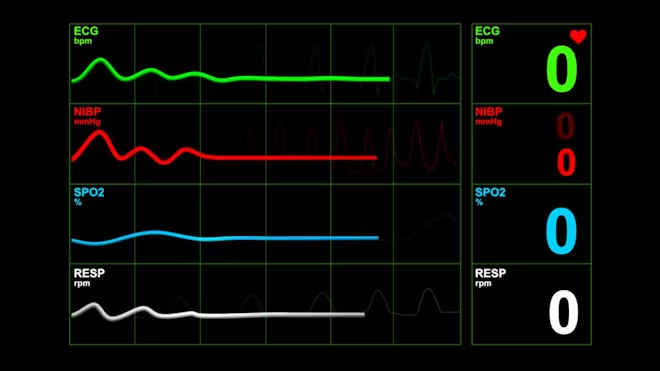Combating Cult Mind Control
The Trap and the Ladder
If someone controlled your schedule, your newsfeed, your inner voice, and your feelings, would you notice? That is the kind of subtle trap Steven Hassan describes in Combating Cult Mind Control. The book is both a personal story and a field guide. Hassan explains how destructive groups can shape people’s lives without fences or chains, only through pressure and psychology. What makes the book powerful is that it not only exposes the trap but also offers a ladder out of it.
The BITE Model
At the center of Hassan’s work is the BITE Model. This is his framework for how cults use control over Behavior, Information, Thought, and Emotion. It starts with small steps. Limit a person’s routines, filter what they read, and feed them loaded words that shut down questions. Stir feelings of guilt and fear, and soon the group’s identity replaces the person’s own. This process does not look dramatic on the outside. It feels ordinary, which is why it works so well.
Recruitment often looks friendly and warm. Someone offers community, purpose, or a workshop that seems helpful. Hassan makes a point that nobody knowingly joins a cult. People are recruited through “love bombing,” where the welcome feels too good to leave. Over time the pressure increases, and the exits get harder to find. That is the slow trap.
Fear and Control
One of the strongest tools cults use is what Hassan calls phobia indoctrination. Leaders plant fears about what will happen if someone leaves. You will lose your family, lose salvation, or even go insane. Those planted fears echo long after people walk away. Recovery takes time and usually help from others. Hassan lays out exit counseling as a path forward. This approach, which he calls the Strategic Interactive Approach, is built on trust and respect. It invites people to think critically again instead of trying to shame them into leaving.
Why It Matters Beyond Cults
The last chapters of the book expand the lessons beyond religion. Hassan argues that coercive control shows up in politics, self-help scams, high-control relationships, and even trafficking.
The BITE Model becomes a checklist for spotting red flags anywhere someone tries to shape your time, your thoughts, and your emotions all at once. His goal is prevention. If more people understand the methods, fewer people will fall into the trap.
Personal Reflection
This book pushed me to pause and look at my own inputs. Who sets my schedule? Who curates my feed? When I hear a slogan that makes me stop thinking about something complex, am I letting myself off too easily? These questions remind me that the BITE Model is not just about extreme groups. It can be a tool for daily life.
I also value Hassan’s humane approach to people still inside. He avoids harsh debates or tricks. He leans on patience, shared memories, and honest information. The goal is not to “win” an argument but to make space for someone to think clearly. That kind of respect is powerful, and it applies to any kind of change. People move forward when they feel safe enough to question for themselves.
Building Smarter Communities
The book closes with recovery tools and a call for public education. Hassan wants more people to understand that coercive control is not rare and not always obvious. When people can spot it early, they can protect themselves and others. That is what makes this book worth reading. It teaches us not only how to understand cults but how to guard freedom of thought in everyday life.
Call to Action
Want the story beats, real-life tactics, and a quick way to use the BITE checklist in under five minutes? Watch the YouTube episode I recorded to go with this post and share your thoughts. Together we can build a smarter and safer community.
Reflective Questions
- What daily inputs are shaping your sense of reality without you noticing?
- How can Hassan’s BITE checklist help you keep your independence of thought?







